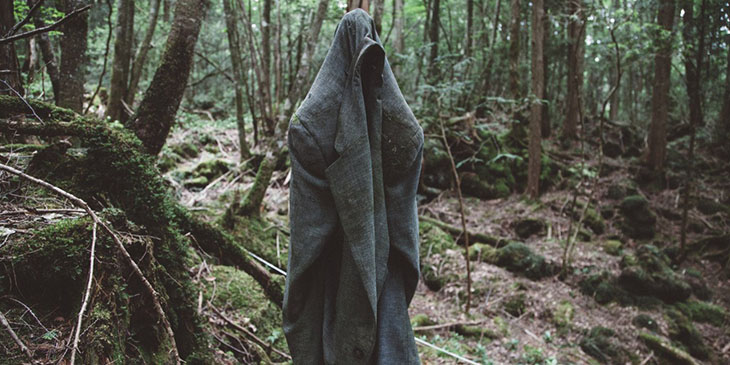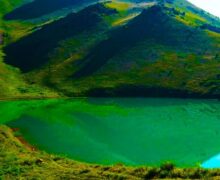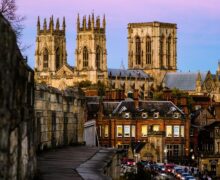Gloomy reputation of popular tourist destination in Japan

Suicide Tourism is a very dark side of tourism one better not mention. Therefore the Japan National Tourism Organization will only tell you about the wildlife that remains largely untouched when visiting the Aokigahar Forest.
JNTA states on their tourism website visitors may see a Japanese mink, a wild boar, or the reclusive small Japanese mole when exploring the forest.
Asian black bears are also known to prowl the area, so be wary. Birdwatchers might also get lucky and see anything from an oriental turtledove to one of the several species of cuckoo that inhabit the treetops.
The Japan National Tourism Organization will not tell you about Aokigahar Forest reputation as a suicide tourism destination, known as a suicide forest.
Aokigahara’s long history dates back to the middle of the ninth century when Mount Fuji erupted and lava covered wide areas that have since transformed into a 30 square-kilometer forest. Local people have long worshipped the woods and its surroundings as a sacred place that reputedly enshrines a dragon.
Aokigahara, also known as the Sea of Trees is a forest on the northwestern flank of Japan’s Mount Fuji thriving on 30 square kilometers (12 sq mi) of hardened lava laid down by the last major eruption of Mount Fuji in 864 CE. The western edge of Aokigahara, where there are several caves that fill with ice in winter, is a popular destination for tourists and school trips. Parts of Aokigahara are very dense, and the porous lava absorbs sound, helping to provide visitors with a sense of solitude.
The forest has a historical reputation as a home to yūrei: ghosts of the dead in Japanese mythology. In recent years, Aokigahara has become internationally known as “the Suicide Forest”, one of the world’s most prevalent suicide sites, and signs at the head of some trails urge suicidal visitors to think of their families and contact a suicide prevention association.
It is a foreboding place, thickly planted with tall trees that block out the sun, and carpeted with moss and gnarled roots. That led in the 1970s to it being increasingly depicted in popular novels, movies and television dramas as the fictional setting for suicides.
Unable to separate fiction from reality suicidal people began traveling to the forest to die. Authorities no longer give official figures for suicides in the forest, but at one-time dozens of people were dying there each year.
“Life is a precious thing given by your parents. Think again calmly about your parents, siblings, and children. Do not worry alone. First talk to us”. This is the message visitors see when they enter the forest. The message provides a suicide hotline number to call.
Japan has the highest suicide rate of any industrialized nations, with more than 20,000 people taking their own lives annually.
And the suicide rate in Yamanashi prefecture, where the forest is located, was the worst in Japan for eight years until 2014. Nearly half of those who killed themselves in the region were from elsewhere, suggesting they had expressly traveled to the area to commit suicide.
In recent years, local residents say, the number of victims appeared to be on the decline, with some hoping the forest might finally shed its malign image.
Some foreign visitors have even asked where they can see dead men. Despite its reputation, the forest does still attract regular sightseers as far as from Europe or North America.
source: eTN





